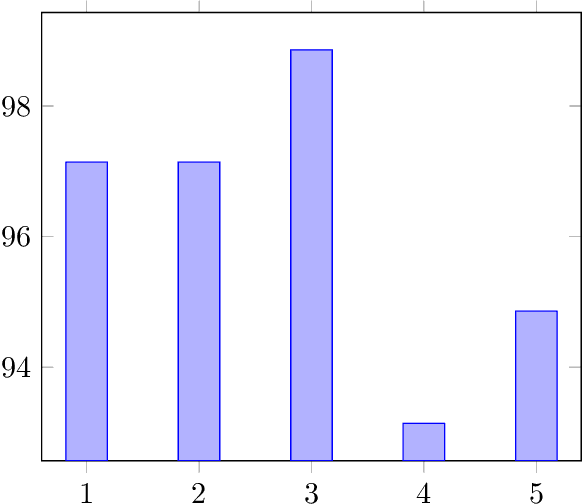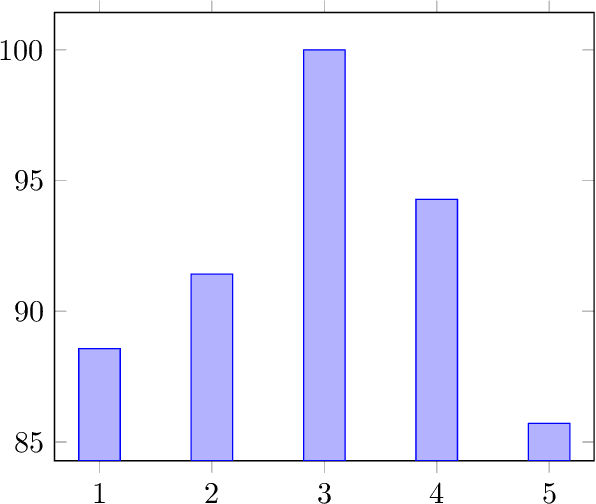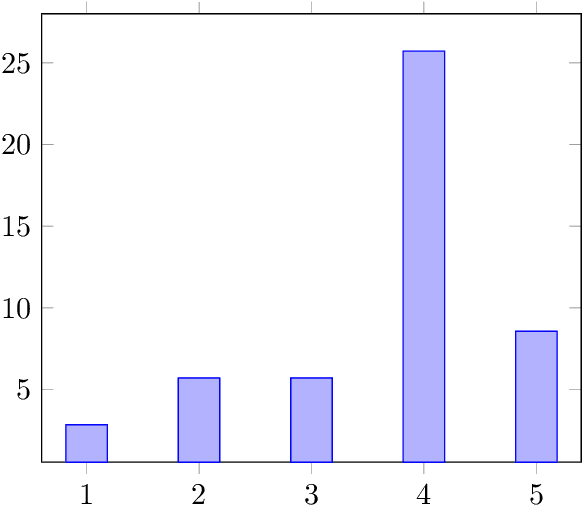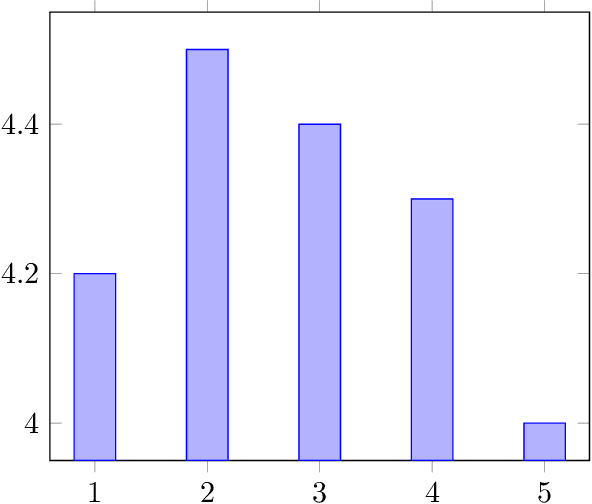Maddalena Montecchio
Defining maximum acceptable latency of AI-enhanced CAI tools
Jan 08, 2022



Abstract:Recent years have seen an increasing number of studies around the design of computer-assisted interpreting tools with integrated automatic speech processing and their use by trainees and professional interpreters. This paper discusses the role of system latency of such tools and presents the results of an experiment designed to investigate the maximum system latency that is cognitively acceptable for interpreters working in the simultaneous modality. The results show that interpreters can cope with a system latency of 3 seconds without any major impact in the rendition of the original text, both in terms of accuracy and fluency. This value is above the typical latency of available AI-based CAI tools and paves the way to experiment with larger context-based language models and higher latencies.
 Add to Chrome
Add to Chrome Add to Firefox
Add to Firefox Add to Edge
Add to Edge